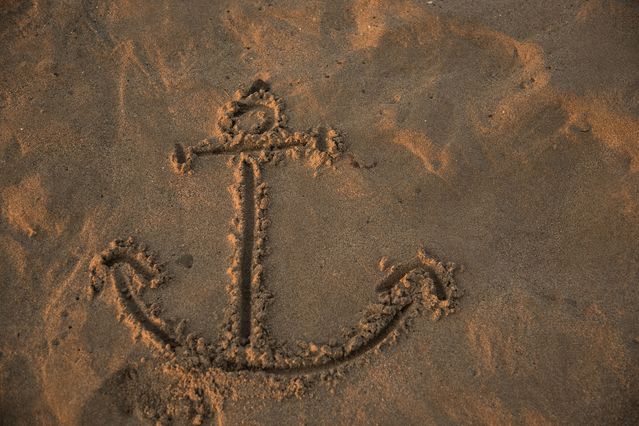Heuristics
Outsmart the Anchoring Bias in Three Simple Steps
Psychological insights can help you avoid the trap of cognitive biases
Posted February 11, 2019
Let’s have some fun and start off with a little quiz. Take out pen and paper and write down the answers to the following two questions:
(1) How old are you?
(2) How many people worldwide died in major plane crashes in 2018? (Have a guess if you don’t know!)

Hopefully, you had a quick think, because here is the answer to the second question: 500 people died in major plane accidents in 2018, which apparently represents a sharp increase from the year before. However, the point of this article is not put you off flying (plane fatalities thankfully remain rare!), but to examine your guess work. Was your estimate close to the correct answer? Was it higher or lower? And how close was the number to your age?
The anchoring bias
Making guesses can be a tricky business—especially if you have little factual knowledge to go on. Let’s be honest, unless you’re big into aviation safety, it’s rather hard to produce an accurate estimate of plane crash fatalities. Hence, to come up with any guess at all, our mind has to be creative and resourceful, for example drawing on simple heuristics to solve the problem. Unfortunately though, we aren’t always successful. Indeed, more often than not do cognitive biases furtively skew our responses.
Anchoring can represent just such a bias: It refers to the automatic process of identifying available information to provide a focal point or a baseline for our judgement. Unfortunately, though, we aren’t all too picky when it comes to the selection of a focal point during the automatic anchoring process. Quite often, we end up jumping at the first available cue… without even noticing!
Powerful examples of this were provided in a series of anchoring experiments by Nobel Prize winning psychologists Amos Tversky and Daniel Kahneman. One study required participants to spin a “wheel of fortune” before guessing the percentage of UN countries located in Africa. Results showed that participants whose wheels had stopped at higher numbers gave significantly higher estimates. It appeared that the arbitrary and completely unrelated number from the wheel of fortune had an astonishing effect: It provided a powerful, cognitive anchor for the subsequent geography question.
Now think back to the quiz question from the beginning of this article. Hand on heart—did your age (presumably a number lower than 500!) influence your guess? Did it bias you towards a lower estimate? What would you have guessed without the hidden anchor?
While the anchoring bias is certainly annoying when trying to win guessing games, it can have even graver effects on financial decision making. Many of our money choices aren’t entirely rational to start with, and the anchoring bias is likely to skew our choices even further. Unfortunately, clever sales people can easily take advantage of this fact.
A second-hand car dealer, for example, might show you the most expensive model first to set a high anchoring baseline for the appropriate price of second-hand cars. When the dealer subsequently presents you with a cheaper model (even if the car is overpriced for its make), it will appear like a bargain by comparison. The strategically placed anchor could therefore trick you into overspending.
Outsmart the bias
Given the possible downfalls associated with the anchoring bias, it is important to develop strategies for navigating around these.
1. Acknowledge the bias
Being aware of your bias is the first step. Know the weaknesses of your mind and anticipate prejudiced judgement. If you approach each sales negotiation with caution, frequently reflecting on your judgement, you are less likely to fall into the traps of your own mind.
2. Delay your decision
The second step involves slowing your decision-making process and seeking additional information. When negotiating over a car, it can be wise to take your time. Why not do some online research prior to visiting the store? Certainly don’t go for the second model you see, but carefully compare all the different deals the store has to offer.
3. Drop your own anchor
Once you are aware of the powerful effect that strategic anchors can have on our judgement, you can use this knowledge for your personal benefit. For example, it can be useful to research the average sales price for the second-hand car model you are interested in and use this as an anchor to guide your choice whether or not to seal the deal. Furthermore, during open negotiations, it is often advantageous to make the first offer. This way you gain the upper hand and set the baseline for the haggle that is to follow.
Indeed, the mere process of anchoring is not necessarily a bad thing. Having a (meaningful) focal point to inform your decisions can be extremely helpful. In our daily lives, anchoring can also refer to the process of grounding yourself, and a great tool for this is regular yoga practice. If you are interested in finding balance, I can recommend this anchoring class by online instructor Adriene Mischler. It might not help you find a cheap car, but it will certainly make you feel better!




